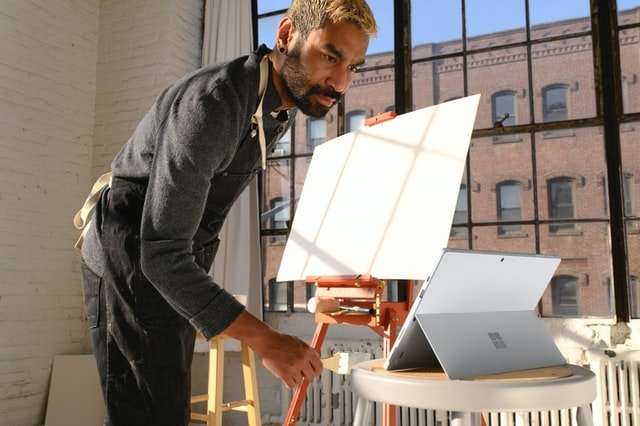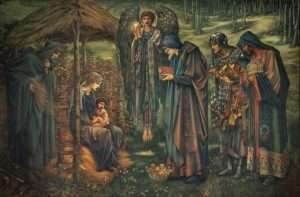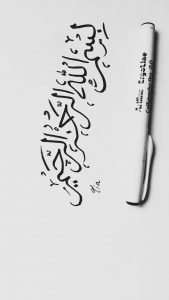Picasso’s influence on art in the 20th Century cannot be overestimated. His paintings are some of the most expensive works of art to sell at auction, and his impact on artists all over the world is still recognizable.
Picasso Art. Embracing The Transition Into The Modern World focuses primarily on the artist to showcase his impact on painting and sculpture in the twentieth century. In addition, we emphasize how he changed art, but also his personal interests that inspired some of his work, as well as his relationship with various other artists and critics. We also look at how Picasso’s work was influenced by African tribal art and Cubism.
A blog about Picasso and the impact he has had on modern art culture.
Picasso’s art was not only influenced by the African art he saw, but it also had a profound impact on the African artists who saw it.
The African art had a lot to teach Picasso and other modern artists that were looking at it. The main idea was the rich color. The colors in African art were much more vibrant than those used in western art at that time. There is also a lot of emotion that is portrayed in the forms of the figures and symbols used in the African art which is very different from how things were being done in Western Art.
In fact, after seeing this new kind of art, many modern artists like Picasso became inspired enough to create their own version of this new style. In doing so, they would make changes and adjustments to fit their individual style. However, the main idea for most of them was to keep the primary colors and the emotion found in these new pieces.*
Picasso is a name that is associated with the genius and art in many ways. The artist was born on October 25, 1881 in Malaga, Spain and died on April 8, 1973 in France. He was known as one of the most influential artists of all time due to his unique works and style. With a passion for drawing, he began his career at an early age. His first exhibition with his artworks was held in Barcelona when he was only fourteen years old.
Towards the end of the nineteenth century, Picasso discovered painting and created many pieces that were exhibited in Barcelona and Madrid. In 1900, he met Fernande Olivier who became his lover. Around this time, he also started working on ceramics as well as engraving for a magazine. He also started taking classes at Academie de La Palette where he learned different techniques such as painting, sculpting, and etching.
Picasso and Braque: Two CubistsMaurice de Vlaminck (1876-1958) was a French painter who is considered to be a major figure in the Fauve movement, along with Matisse and Derain. Vlaminck painted landscapes and still lifes. He was also one of the first painters to utilize an expressive palette of colors in his work. In 1905 he joined the group of Fauve painters, known for their preference for intense color over naturalism. Although his early work was similar in style to that of the Fauves, he soon began to explore other areas, including Cubism.*Cubism is the name given to an important 20th century art movement that originated in France. The Cubist movement was an innovative style which revolutionized painting and sculpture in the early part of the 20th century by reducing objects to their basic geometric forms and expressing them in a new way using multiple perspectives and techniques. The movement gained currency at the time as it became apparent that traditional pictorial methods were incapable of conveying the dynamic experience that modern life had become.*Picasso: Pablo Ruiz Picasso (1881-1973) was arguably the most influential artist of the 20th century. He produced over 20
Picasso, who was born in Málaga, Andalusia, southern Spain, on October 25, 1881, grew up in Barcelona. His father was a painter and art teacher and his mother was a musician. By the time Picasso was fifteen years old he had decided to become an artist. In 1897 he went to study in Madrid at the Royal Academy of San Fernando. There he studied with Antonin Mercié and later with José Villegas Cordero.
As a young man Picasso spent four years in Paris. He discovered what he called “modern art”—the work of such painters as Henri de Toulouse-Lautrec, Paul Gauguin, Édouard Manet, Claude Monet, Pierre-Auguste Renoir, Paul Cézanne and Georges Seurat—and absorbed it into his own style. In 1901 he exhibited his paintings in the first show by the Cercle et Carreaux group of artists at the Galerie La Boétie. In 1902 he moved to Paris where he met Georges Braque who became his friend and artistic collaborator for over twenty years. The two artists pioneered Cubism which consisted of several movements; Analytic Cubism (1909–1912
Because the paintings were produced during World War II, this article is about what the artworks mean in relation to the war. Does it reveal anything about the artist’s character? What does he hope to accomplish with his art?
The article also explores Picasso’s friendship with Matisse and its influence on their work. How did their friendship influence each artist’s artistic development? What qualities of Matisse’s work did Picasso admire the most?
Finally, the article discusses the way these works helped to transform modern art. How was this movement significant in relation to other movements at the time?



